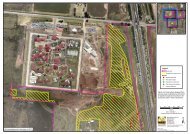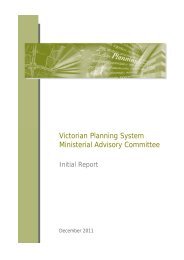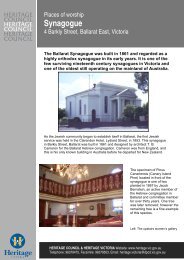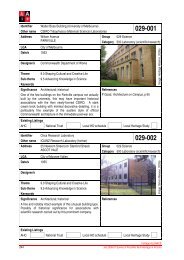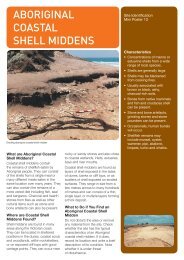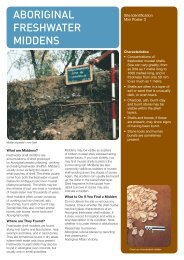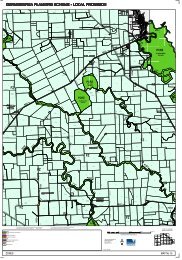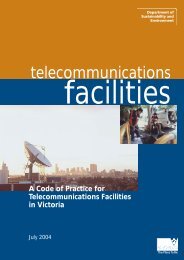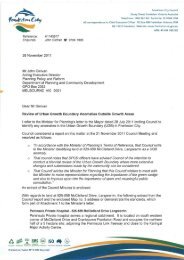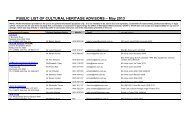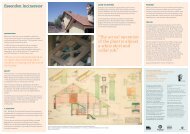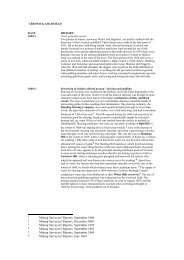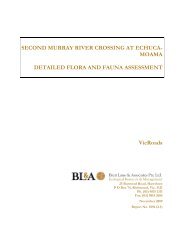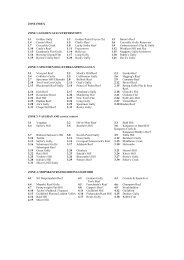Tram history - Chapter 6 - Part 1
Tram history - Chapter 6 - Part 1
Tram history - Chapter 6 - Part 1
You also want an ePaper? Increase the reach of your titles
YUMPU automatically turns print PDFs into web optimized ePapers that Google loves.
Melbourne Metropolitan <strong>Tram</strong>way Heritage Study, Gary Vines<br />
Trackwork is generally renewed between every 20 and 40 years, so very little is of any special<br />
age, although the unusual configuration, such as the Grand Union Junction at Balaclava, and<br />
remnants of former sidings, turn-outs and disused lines can still be round embedded in roadways.<br />
The cast iron cover plates for drains, point levers and electrical supply can still be found with<br />
MMTB and in some cases other trust names.<br />
Figure 108: <strong>Tram</strong> track crossover fabricated at Chas Ruwolt Pty Ltd, Richmond, Museum Victoria image MM<br />
011937<br />
6.3.4 Bridges Cuttings and embankments<br />
Few dedicated tramway civil engineering structures were required on the system as in most cases<br />
the tramways employed the existing roadways. However, a number of reserved tracks – running<br />
through wide road medians, or in completely separate strips of land, and a few tram only bridges<br />
and other structures were created for the system.<br />
Figure 109: Miller Street tram bridge over railway near Preston Depot. Darebin Historical Encyclopedia<br />
B I O S I S R E S E A R C H 1 4 4



